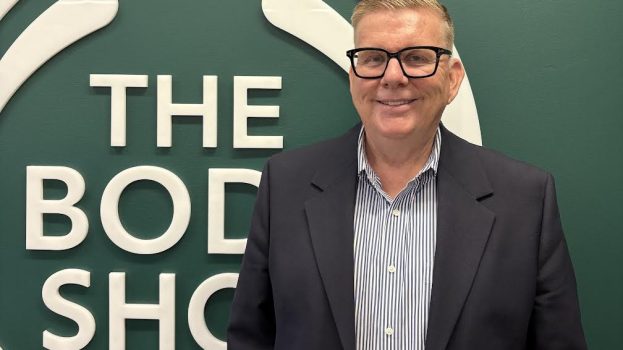You’re reading a story from Strategy C-Suite, a weekly briefing on how Canada’s brand leaders are responding to market challenges and acting on new opportunities. Sign-up here to receive the latest stories.
Amidst all the COVID doom-and-gloom one retailer, at least, is resting a bit easier: last week, Sleep Country Canada reported that its latest earnings period was the best one in its 26-year history, helped by a much stronger digital presence.
The company reported net income growth of 89.4% and revenue growth of 33.4% for its Q4. And according to the retailer, 20.1% of its sales derived from ecommerce platforms.
In the company’s conference call, CEO Dave Friesema proclaimed that developing a fully transactional Sleep Country Canada and Dormez-vous website, which launched in November 2019, and acquiring mattress-in-a-box DTC challenger Endy in 2018 have proven to be two of the most successful investments the brand has ever made. Friesema also said that “the world of digital is still very new to us and powerful,” but that the brand has embraced it fully.
Stewart Schaefer, Sleep Country Canada’s chief business development officer, tells strategy that when the pandemic struck, it went “aggressively” into digital, accelerating what had until then been a slow-and-steady approach.
The company also quickly pivoted, learning into the social and cultural side of the brand and changing its iconic earworm jingle “why buy a mattress anywhere else?” to “sleep well, stay well” and positioning itself around health more broadly.
New TV spots focused on family and the importance of a good night’s sleep, without even showcasing any products, according to Schaefer. He maintains the brand learned that, more than ever, “digital works really well coupled with other forms of media.”
During shutdown, the company focused on “sensitive” messaging and it donated $1.5 million in product to frontline workers. With retail closures, it pivoted its sales associates to operate a “dream line” to help with customer support, driving more engagement and conversions even as people hunkered down at home. Schaefer adds that many people’s decision to move out of their condos into larger spaces in the suburbs has also been “very good for the business,” as those spaces often come with more and larger bedrooms.
When the world reopened, Sleep Country’s messaging was again more health-centred and ecommerce growth grew by triple digits, with spikes in blanket and folding cot demand: ecomm went from 1% of its business two or three years ago to more than 20% today. Below a certain price point, where expectations of comfort and bells and whistles are lower, the ecommerce component is a very convenient proposition.
Sleep Country’s fortunes are also being boosted by a deal to be the exclusive Canadian distributor of U.S.-based Purple, both online and in store. “[Of] the three biggest threats – Endy, Purple and Casper – two of them are now part of the [Sleep Country] family, so I’m feeling pretty good on the digital side ,” Schaefer says.
As challengers like Casper have connected with retailers like Hudson’s Bay, Schaefer maintains that Sleep Country’s scale and specialization on sleep rather than other product offerings remains its value proposition. Another benefit of its model, he says, is that the brands it sells, including Purple and the U.K.’s Simba, can have their own branded website with their own identity to drive conversion. They can manage the look, feel and promotion, while Sleep Country operates the back-end and transacts and delivers through its warehouse.
“We give them the opportunity to still be that independent player, even though it’s exclusively being sold by Sleep Country Canada,” Schaefer says. “No other retailer has done that for their partners or suppliers – that is unique to us.”
While ecommerce is seeing a big lift, when it comes to the tactile purchase of a mattress, the customer journey continues to involve either a conversation with a sleep expert or a visit to a physical store, he says.
With 282 retail locations, strategically placed in areas including bedroom communities (no pun intended), Schaefer says Sleep Country’s physical stores retained their importance as distribution centres with same or next-day delivery. This helped it thrive against competitors like Leon’s Furniture, the second largest physical player, which reported 8.6% revenue growth in Q4, compared to Sleep Country’s 33.4%.

























